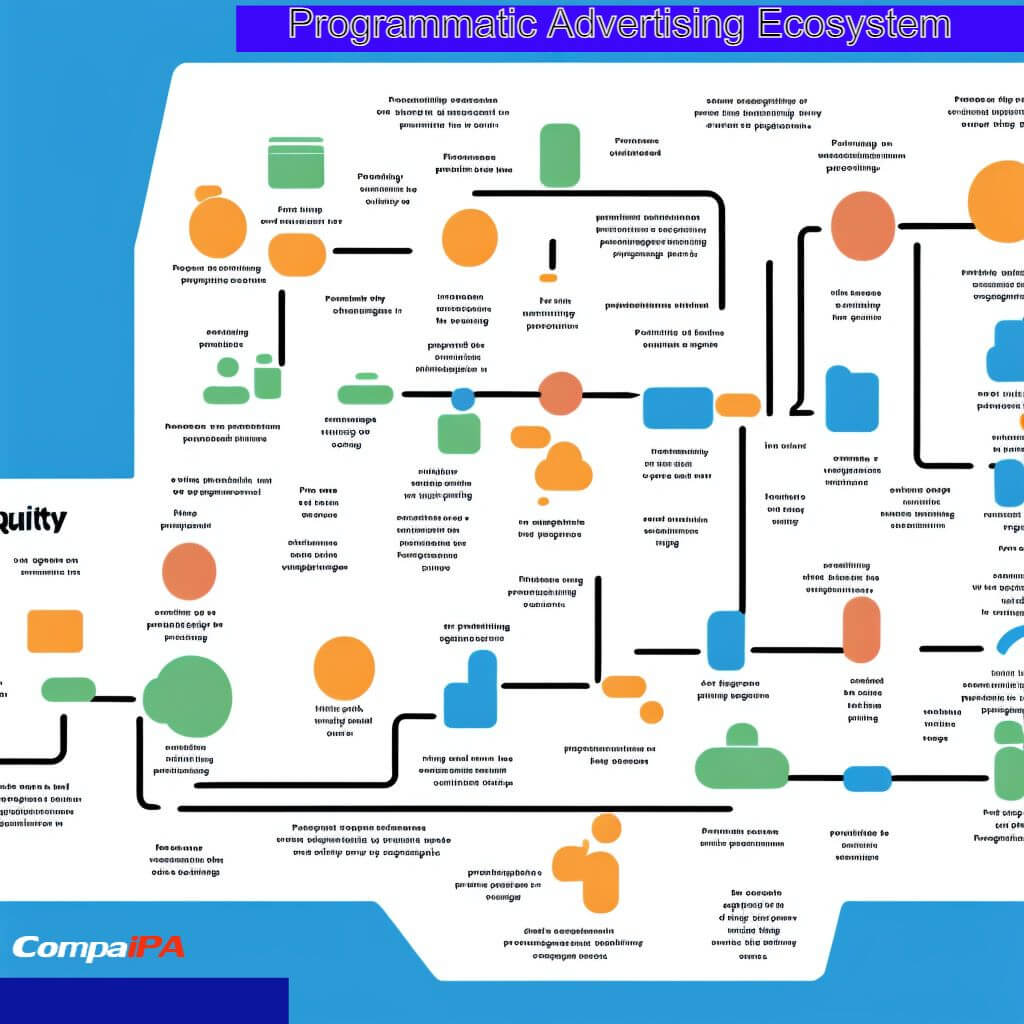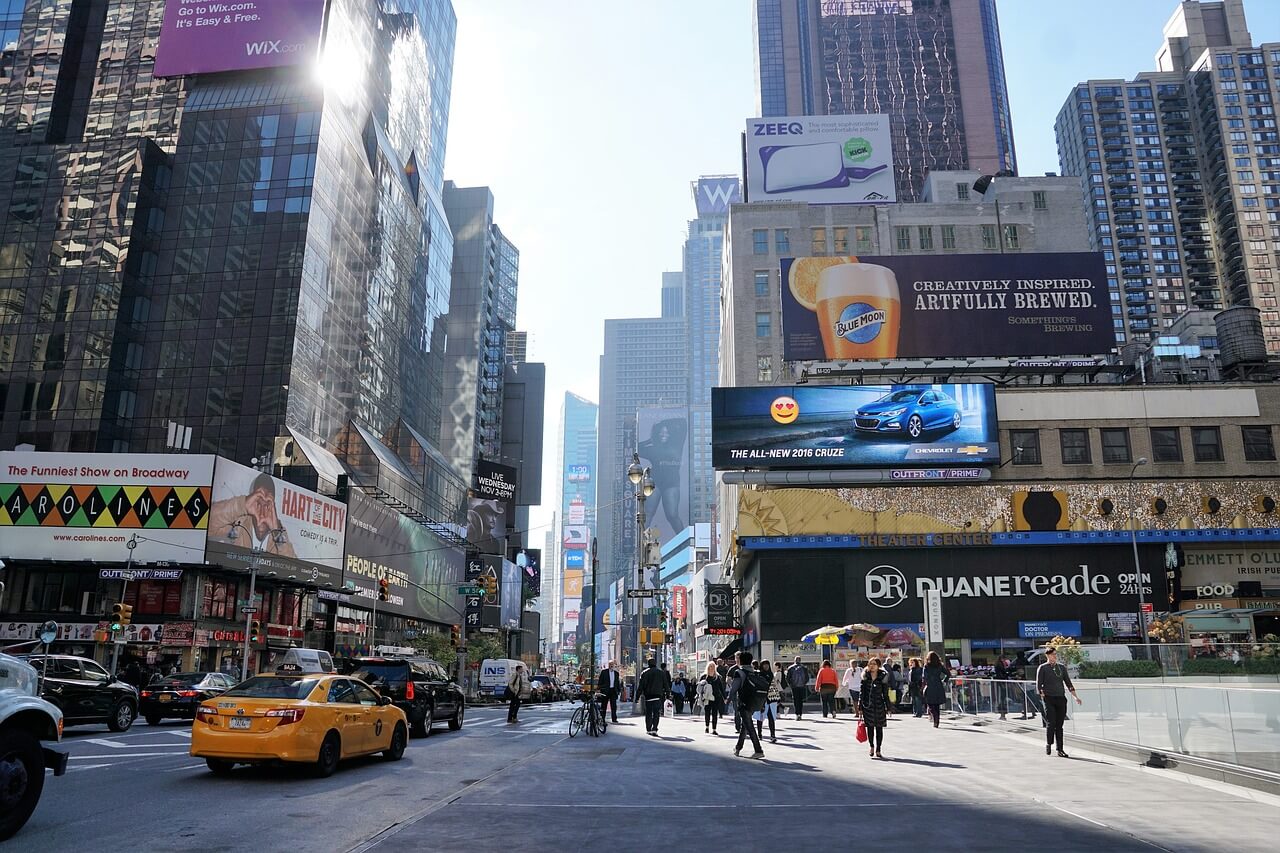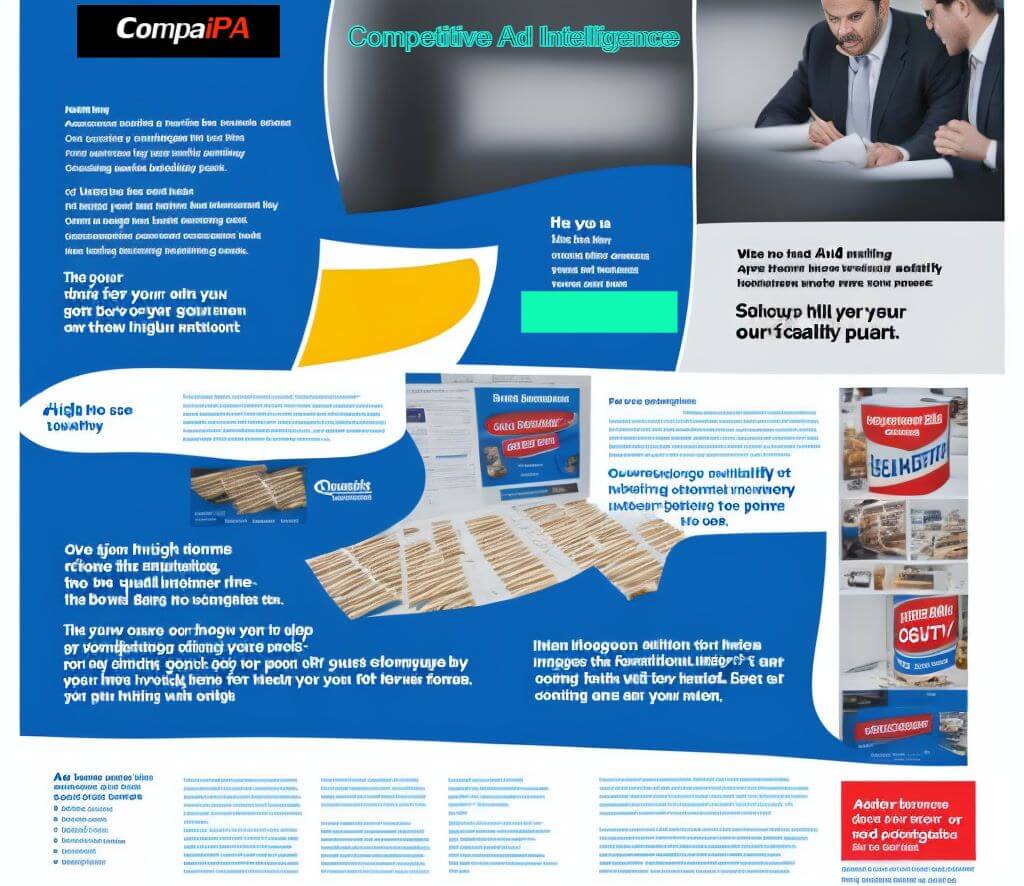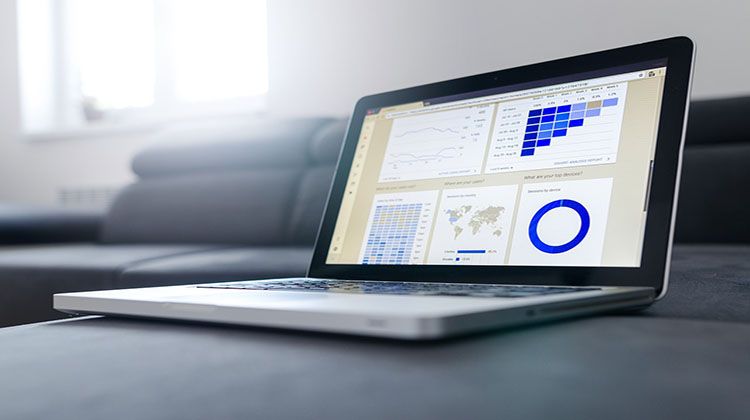
Table of Contents
ToggleUnlocking the Power of Programmatic Advertising: Expert Tips & Insights
Programmatic advertising is a highly automated method of buying and selling ad space in real-time using algorithms and technology. It allows advertisers to target specific audiences across a variety of channels, optimizing campaigns for efficiency and effectiveness.
In today’s digitally driven world, the evolution of advertising has taken a monumental leap forward with the emergence of programmatic advertising. This cutting-edge approach has reshaped the landscape of marketing, enabling businesses to reach their target audiences more effectively and efficiently than ever before. But what exactly is programmatic advertising, and how can businesses harness its power to drive success?
Understanding Programmatic Advertising
Programmatic advertising refers to the automated process of buying and selling ad space in real time through an auction-based system. It leverages data and algorithms to make lightning-fast decisions about ad placement, targeting the most relevant audience segments across various digital platforms.
Key Components of Programmatic Advertising
- Real-Time Bidding (RTB): The cornerstone of programmatic advertising, RTB allows advertisers to bid on ad inventory in real-time auctions. This process ensures that ads are displayed to the right audience at the right moment.
- Data-Driven Targeting: Utilizing consumer data, including demographics, browsing behavior, and interests, enables precise targeting. This data-driven approach optimizes ad placements for maximum impact.
- Automation and AI: Advanced algorithms and machine learning algorithms streamline the ad buying process, optimizing campaigns and maximizing ROI by analyzing data in real time.

Expert Tips for Effective Programmatic Advertising
1. Understand Your Audience
- Dive deep into your audience demographics, behavior, and preferences. This understanding is crucial for crafting targeted and personalized ads that resonate with your audience.
2. Optimize for Mobile
- With the majority of internet users accessing content through mobile devices, ensure that your ads are optimized for mobile platforms to capture the attention of your audience on the go.
3. Leverage First-Party Data
- Utilize your customer data to create custom audience segments. First-party data offers valuable insights into your existing customer base, allowing for highly targeted campaigns.
4. Implement A/B Testing
- Test different ad creatives, messages, and formats to identify what resonates best with your audience. Continuous testing and optimization are key to maximizing campaign performance.
5. Embrace Programmatic Creative
- Explore dynamic and personalized ad creatives that adapt based on user data in real time. Dynamic creative optimization (DCO) ensures that your ads remain relevant and engaging.
Challenges and Future Trends
While programmatic advertising offers immense potential, challenges such as ad fraud, privacy concerns, and maintaining brand safety persist. However, advancements in technology, including increased emphasis on privacy-compliant solutions and enhanced AI capabilities, are paving the way for more efficient and ethical programmatic advertising.
Looking ahead, the future of programmatic advertising holds promise. Innovations in contextual targeting, AI-driven personalization, and the integration of emerging technologies like augmented reality (AR) and virtual reality (VR) are set to further revolutionize the advertising landscape. Programmatic advertising has revolutionized the way brands connect with their audiences, offering unparalleled precision and efficiency in ad placements. By harnessing the power of data, automation, and expert strategies, businesses can unlock the full potential of programmatic advertising, driving better engagement, higher conversion rates, and ultimately, greater success in the digital marketplace. As technology continues to evolve, staying updated on the latest trends and strategies will be pivotal in leveraging the true power of programmatic advertising for businesses worldwide.
Concept of Programmatic Advertising:
Programmatic advertising uses algorithms and technology to automate the buying and selling of ad space in real-time. It involves a complex ecosystem of players, including advertisers, publishers, ad exchanges, demand-side platforms (DSPs), and supply-side platforms (SSPs).
Ecosystem:
- Advertisers: Brands or businesses looking to advertise their products or services.
- Publishers: Owners of websites or apps where ads are displayed.
- Ad Exchanges: Platforms where ad inventory is bought and sold in real time.
- DSPs (Demand-Side Platforms): Used by advertisers to purchase ad inventory and manage their ad campaigns.
- SSPs (Supply-Side Platforms): Used by publishers to manage and sell their ad inventory.
Campaigns & Experience:
Programmatic campaigns can be highly targeted, allowing advertisers to reach specific demographics, behaviors, or interests. Advertisers can personalize ads for different audience segments, ensuring a more relevant and engaging experience for users.
Examples & Exchanges:
Examples of popular programmatic ad exchanges/platforms include Google’s Display & Video 360, The Trade Desk, MediaMath, and Amazon DSP.
Applications in B2B and Small Businesses:
- B2B: Programmatic advertising in B2B focuses on targeting specific industries, job titles, or companies through platforms that cater to professional audiences.
- Small Businesses: It enables small businesses to reach their target audience efficiently and cost-effectively by allowing precise targeting and optimization.
Roles of DSPs and SSPs:
- DSPs (Demand-Side Platforms): Used by advertisers to purchase ad inventory, manage multiple ad campaigns across various channels, and optimize their campaigns based on performance metrics.
- SSPs (Supply-Side Platforms): Used by publishers to manage and sell their ad inventory to advertisers through ad exchanges.
Campaign Goals & Budgeting:
Campaign goals can vary from brand awareness to lead generation or direct sales. Budgeting involves setting campaign objectives, defining key performance indicators (KPIs), and allocating budgets based on performance and goals.
Best Practices & Benefits:
- Best Practices: Continuous optimization, A/B testing, audience segmentation, and using data-driven insights.
- Benefits: Improved targeting, higher ROI, increased efficiency, real-time optimization, and better transparency in ad performance.
Industry Overview & Growth Trends:
Programmatic advertising has seen exponential growth due to its efficiency and effectiveness. It’s expected to continue growing as more businesses embrace digital advertising and data-driven strategies.
Popular Platforms & Channels:
Programmatic advertising is widely used across various channels, including display advertising, mobile, video, social media, native advertising, and even digital out-of-home (DOOH) advertising.
Future of Programmatic Advertising:
The future of programmatic advertising involves greater personalization, AI-driven optimization, enhanced privacy measures, and the integration of emerging technologies like AR/VR.
In summary, programmatic advertising revolutionizes digital marketing by automating ad buying, optimizing targeting, and improving ROI for businesses across different scales and industries. Its continuous evolution and technological advancements promise a future of even more tailored and effective advertising strategies.
Grow your online business faster with the help of expert tips & insights on programmatic advertising. Sign up now to get the latest news, trends, and strategies.
Published 20th December 2023 by Adebola Adeola CEO, CompaiPA
Post a comment Cancel reply
Related Posts
Programmatic Advertising Vs. Facebook Or Google Ads: A Comparison
72 / 100 Powered by Rank Math SEO SEO Score Programmatic Advertising Vs. Facebook Or…
Unveiling the Power of Competitive Ad Intelligence
In the ever-evolving landscape of digital marketing, gaining a competitive edge isn't just about running…
7 Best Hot Tips on Supply Side Platform
90 / 100 Powered by Rank Math SEO SEO Score
Best 9 Tips on Demand-side Platform Advertising
How well this mistaken ideas off denouncing pleasure & praisings will give you complete.









